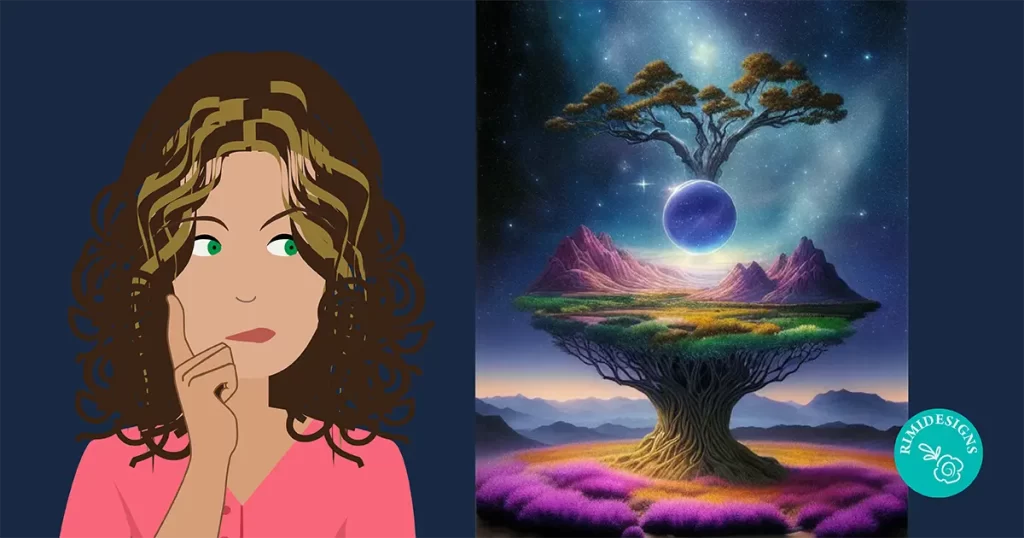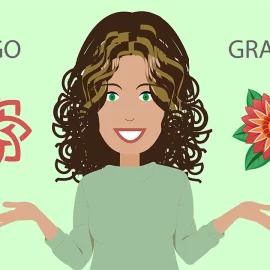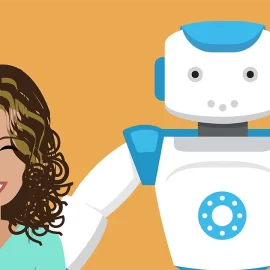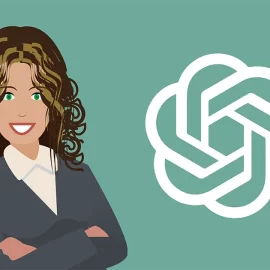
How to Spot an AI-Generated Image
The line between reality and artificiality is becoming increasingly blurred. With the advancements in artificial intelligence (AI), particularly in the realm of image generation, it has become challenging to distinguish what is authentic and what is artificially created.
AI-generated images, often indistinguishable from real photographs, have implications ranging from entertainment to more serious issues, like misinformation and fraud. So, how can one differentiate between genuine and AI-generated images?
Let’s explore some key indicators to spot an AI-generated image.
1. Perfection paradox
One of the telltale signs of AI-generated images is an almost too-perfect rendition of reality. AI algorithms, while powerful, often lack the imperfections and inconsistencies inherent in real-world photography. Look for unnaturally smooth surfaces, flawless textures or overly symmetrical compositions.
2. Unlikely scenarios
AI algorithms are trained on vast datasets of images, which they use to generate new content. This means, they might produce images depicting unlikely scenarios or combinations of elements that are unlikely in real life. Keep an eye out for surreal landscapes, fantastical creatures or unusual juxtapositions of objects.
3. Repetitive patterns
AI-generated images sometimes exhibit patterns or motifs that betray their artificial origins. These patterns can result from the limitations of the training data or the algorithm’s internal processes. Look for recurring shapes, textures or colour schemes that seem too uniform to occur naturally.
4. Metadata analysis
Examining the metadata associated with an image can provide valuable clues about its authenticity. AI-generated images may lack the metadata typically found in photographs, such as camera settings, location information or timestamps. However, it’s essential to note that metadata can be manipulated, so this method is not foolproof.
5. Reverse image search
Utilising reverse image search engines, like Google Images or TinEye, can help identify if an image has been generated by AI. If the image appears across multiple unrelated sources or is associated with AI-generated content, it’s likely not genuine.
6. Contextual awareness
Consider the context in which the image is presented. If it accompanies a story or claim that seems dubious or sensationalistic, there’s a higher probability that the image could be AI-generated or manipulated. Cross-referencing with reputable sources or conducting further research can help verify its authenticity.
7. Expert analysis
For more complex or critical cases, consulting experts in digital forensics, computer vision or AI can provide valuable insights. These professionals have the expertise and tools to scrutinise images for signs of manipulation or AI generation.
8. Watermark examination
Some AI-generated images may bear watermarks or signatures from the software or platform used to create them. Familiarising yourself with common watermarks associated with AI tools can aid in identifying such images.
9. Artistic style recognition
Certain AI models are trained to mimic specific artistic styles or emulate the works of famous artists. If an image closely resembles the style of a well-known painter or photographer, it could be a clue that AI was involved in its creation.
10. Continued evolution
As AI technologies evolve, so too will their ability to generate increasingly realistic images. Staying informed about the latest advancements and trends in AI-generated imagery is crucial for developing robust strategies to spot them.
Final words
Remember, while AI may be adept at mimicking reality, it still has yet to replicate the depth and richness of the human experience.



